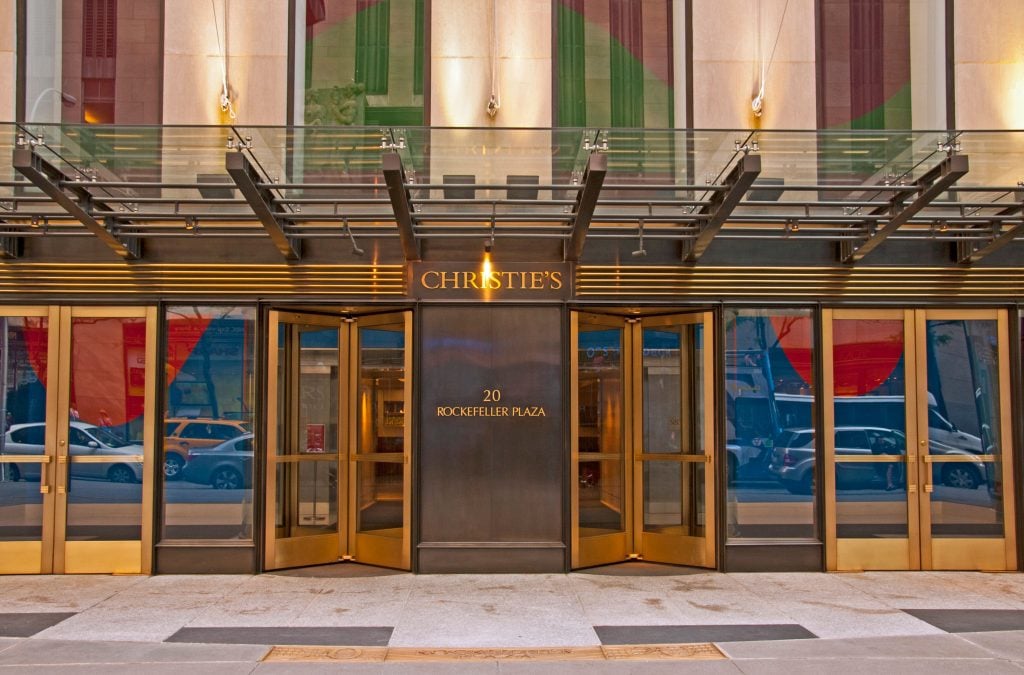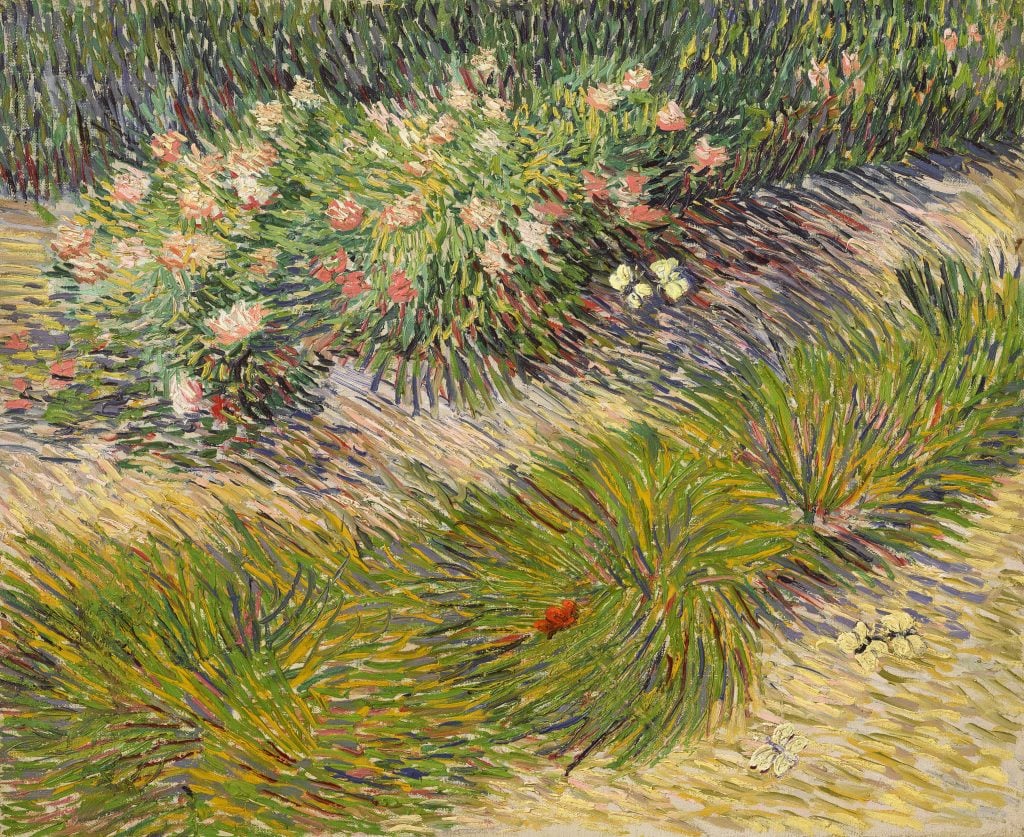Auctions
Christie’s Reports Steep Drop in Auction Totals for First Half of 2024
The house had $2.1 billion in auction sales, down more than 20 percent from the same period last year.

The house had $2.1 billion in auction sales, down more than 20 percent from the same period last year.

Eileen Kinsella

In a conference call with reporters this morning, Christie’s CEO Guillaume Cerutti and fellow execs gave a rundown of the auction house’s performance over the first six months of the year. The short version: not so good.
Christie’s reported total auction sales of $2.1 billion for the first half of the year, down 22 percent from the $2.7 billion it hauled in during the same period last year, when the art market was already contracting. The 2022 total for the period was also much higher: $3.5 billion.
Cerutti declined to provide figures on private sales. During the same call last summer, he reported a significant drop in those deals, which totaled $484 million (£388 million), down 19 percent from the 2022. Early in the pandemic as public auctions were canceled, private sales of pricey works soared at the houses.
Asked about the lack of disclosure, a Christie’s rep said, “Private sales remain at a high level and continue to make an important contribution to the business.”
Luxury sales were also down significantly, with Christie’s reporting a 39-percent drop, to $362 million, from the same period last year.
Its 20th- and 21st-century art sales—which include many of the offerings at its marquee New York sales in May—saw a decrease of 24 percent, to $1.3 billion.
Christie’s executives were forthright about the weaker environment, but also seemed determined to project an air of optimism. Veteran exec Francois Curiel, a jewelry expert who is chairman of Christie’s Europe, said that downtowns never last very long.
“Despite a decline in our total auction sales, resilience is the key word to characterize Christie’s results for the first half of the year,” Cerutti said in a statement to press. He also mentioned “a challenging macroeconomic environment.”
Christie’s has had to deal with a challenging internal environment, too. In early May, just days before its big New York sales, its website was crippled by a hack. Asked by a journalist during the call for details about the hack and whether it had paid a ransom demanded by the hackers, execs did not offer any new information.
Last month, Christie’s was hit with a class action lawsuit that alleges that it failed to “properly secure and safeguard sensitive information of its customers.” The plaintiffs say that they entrusted their personal information to the auction house “on the mutual understanding that defendant would protect it against disclosure,” only to have it “targeted, compromised, and unlawfully accessed due to the data breach.”
Asked about the status of the claim, the Christie’s rep said that it “will defend the lawsuits vigorously. We do not intend to comment further on this matter.”

Vincent Van Gogh,Coin de jardin avec papillons (1883), which sold for $33.2 million. Image courtesy of Christies.
Christie’s could, at least, point to some high points from the past months. Andy Warhol’s Flowers was its top-selling work to date in the Americas, going for $35.5 million, and it made $640 million during a week of sales in New York in May, where a $33.2 million Van Gogh found a buyer.
During the Asian art week in New York in March, which totaled $51.8 million, a fifth of buyers were new to the category, the house said. Asian art was one of the few categories that saw an increase in total sales: 20 percent.
In London, Christie’s sold René Magritte’s The Intimate Friend for $43.6 million (£33.7 million) in February, and in Paris, the house said, it sold nine of the 10 priciest lots hammered in France during the first half of the year.
In the Asia-Pacific region, Christie’s said it is planning for a “landmark year.” In September, it will open a new Hong Kong headquarters at the Henderson, a skyscraper in the center of the city designed by Zaha Hadid Architects.
New and younger buyers from the region continue to be a key focus for the house. It said that they account for 26 percent of the spending by new buyers and 38 percent of the spending by millennial buyers worldwide.